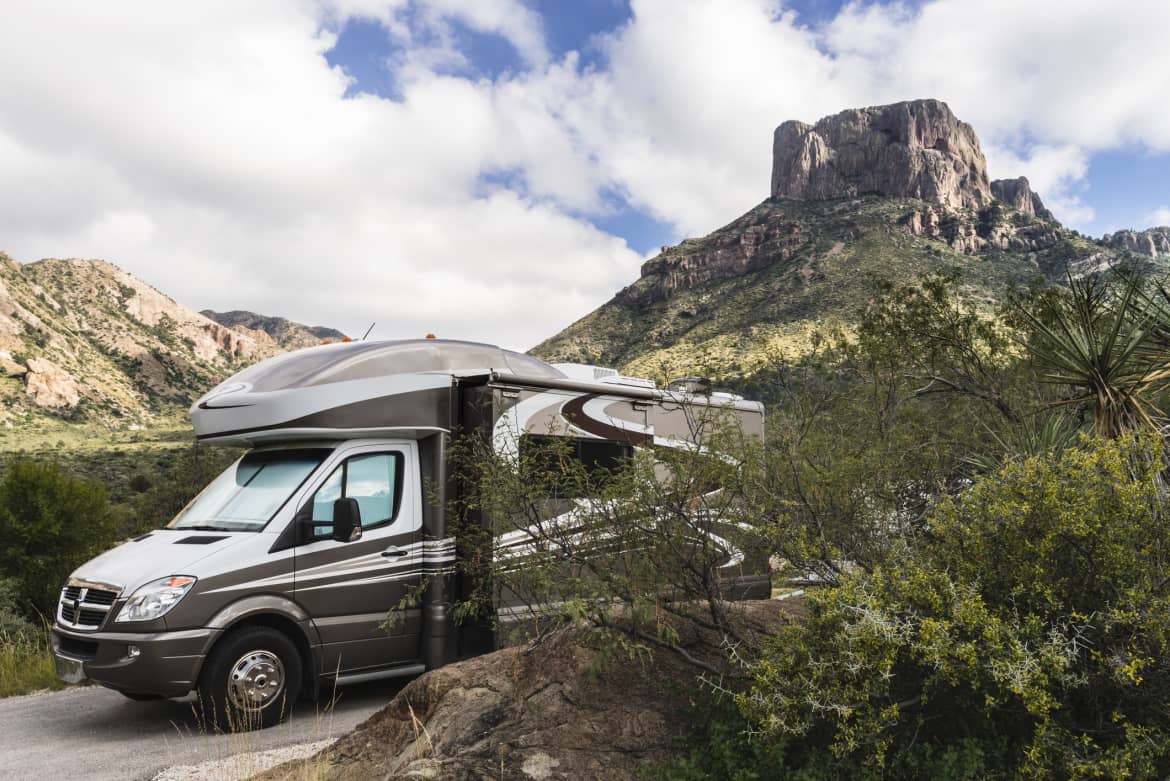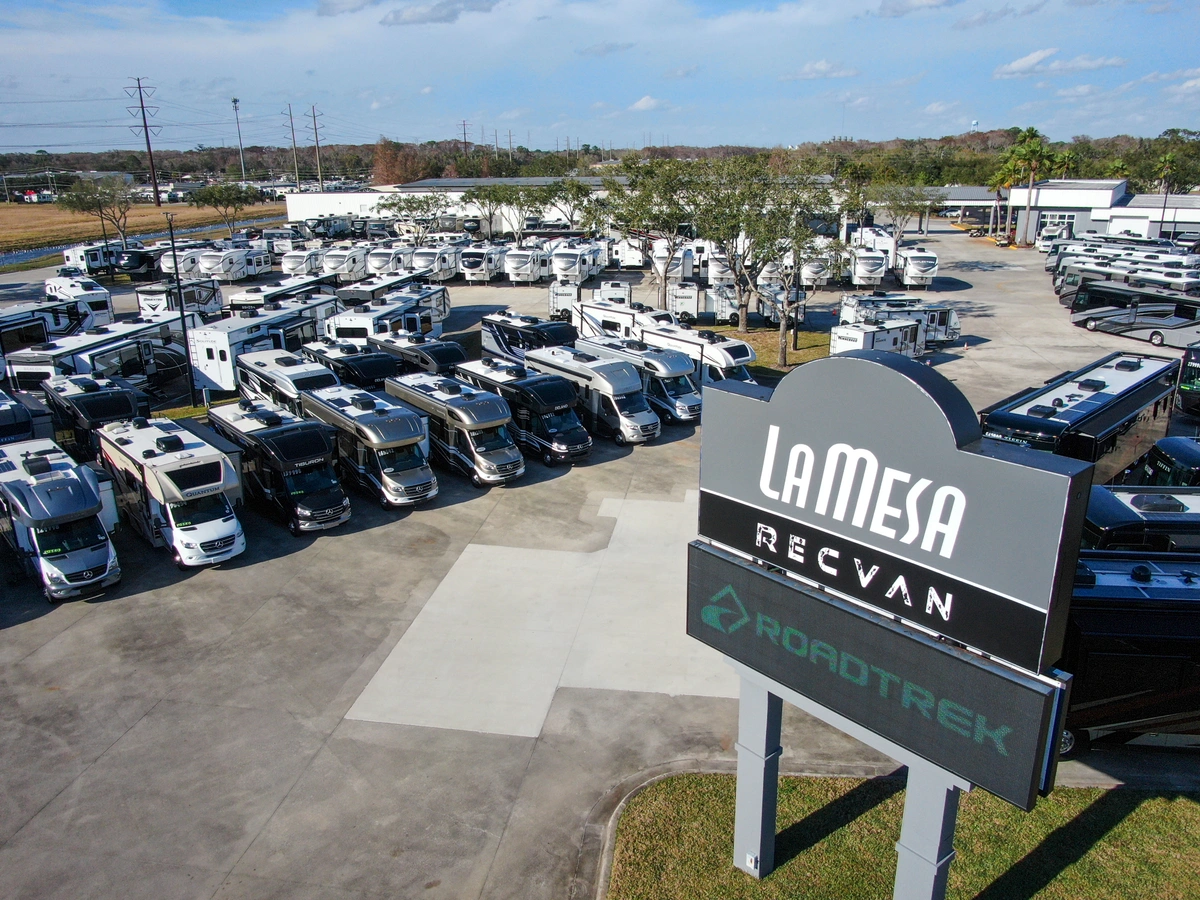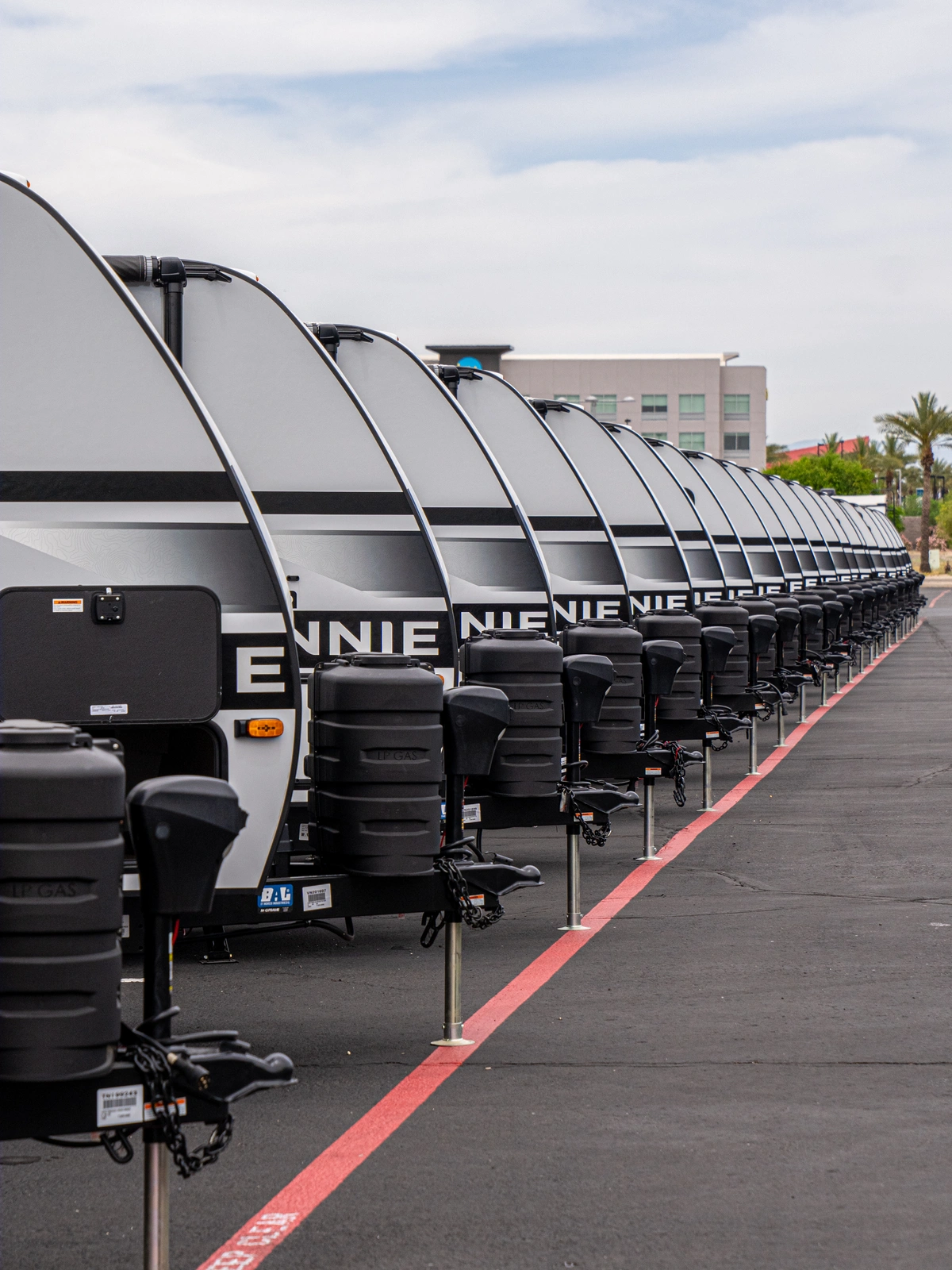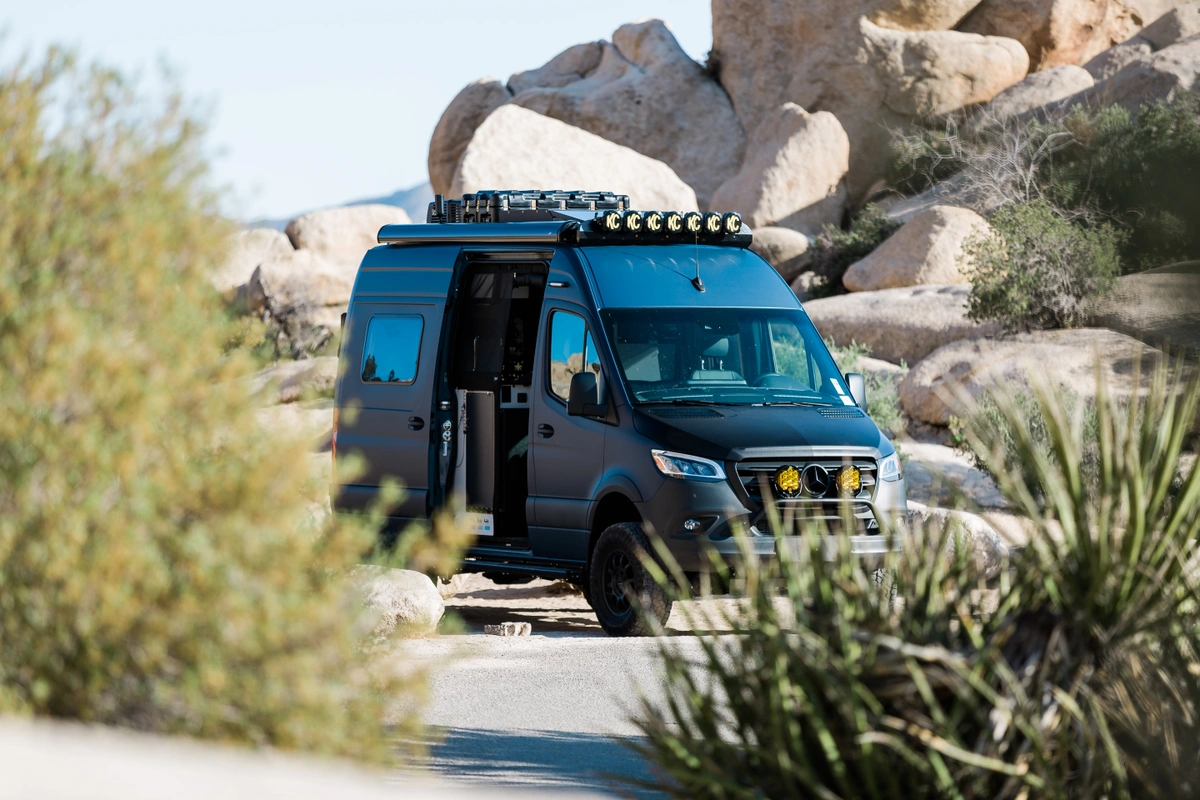Located in the southwest corner of Texas, Big Bend National Park is an outdoor adventure paradise. Here you can see stunning landscapes in three different ecosystems including rugged mountain peaks, vast expanses of desert, and a winding river. You are sure to enjoy the fascinating variety of terrain as well as the huge diversity of plant and animal life.
The park's 800,000 acres are situated on the "big bend" in the Rio Grande River along the Texas/Mexico border. Because of its remote location, it is not as well-known as some of the other national parks and thus has fewer crowds. However, the beautiful scenery and the incredible variety of activities make this park so worth the drive to get there. Here are some tips for visiting Big Bend National Park on your next RV travels.
Guest Post by Robin Buck
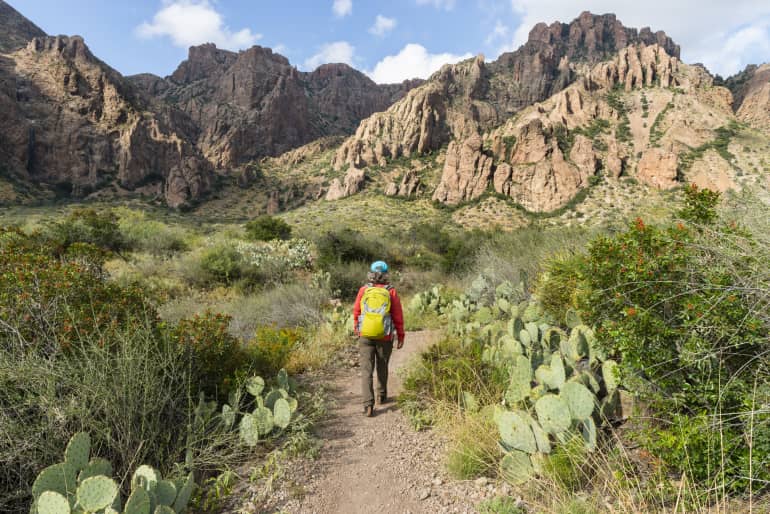
Visitors Center
A great place to start off any visit to a national park is the visitors center. Big Bend has 5 visitors centers, but only two of them are open year-round. Unlike many of the other national parks, these facilities are miles into the park rather than near the entrance station. Centrally located Panther Junction Visitors Center offers a place to get maps and speak to park rangers about your plans. It also has an orientation film, geologic exhibits, a gift shop, restrooms, and a water station.
Just 8 miles north of Panther Junction is the Fossil Discovery Exhibit. You can walk through the outdoor interpretive trail and learn about fossils found in the area and what it was like millions of years ago. There is also an open-air building with fossil casts, murals, and prehistoric history information.
RVers Guide to Hiking in the Park
With over 150 miles of hiking trails, Big Bend offers something for every ability level. Whether you do a short hike or a serious trek, walking is one of the best ways to explore the rich and varied landscapes of the park. You will have great views of some of the 1,300 different types of plants or the 75 species of mammals that abound in this rugged area. Birdwatching enthusiasts love this park because of its 450 different varieties of birds.
The National Park Service website has lots of suggestions for hikes in each of the different ecosystems. You can view a description of each hike and its difficulty rating to help in your planning. Some of the desert hikes are the Chihuahuan Desert Nature Trail, the Chimneys Trail, and the Grapevine Hills Trail. The mountain hikes are some of the most popular and include Emory Peak, South Rim, and Window Trail. Finally, spectacular river hikes include Santa Elena Canyon Trail and Hot Springs Historic Trail.
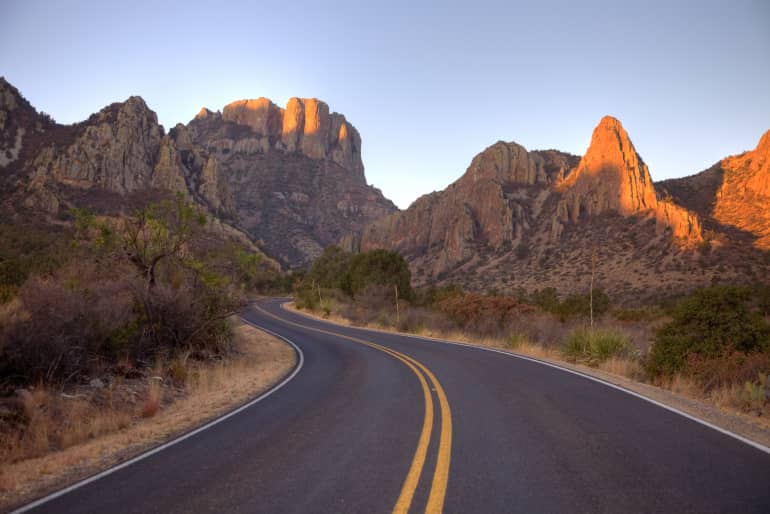
Scenic RV Drive
There are several hundred miles of paved and dirt roads that you can use to explore Big Bend, but one must-do is the Ross Maxwell Scenic Drive. This 30-mile paved road will take you to some of the most iconic views in the park. There are also numerous overlooks and short hiking trails that you can stop at along the way. You will be amazed at the geologic splendor as you pass majestic mountain peaks, massive canyons, and beautiful landscapes at every turn.
Other Ways to Explore in your RV
A great way to explore the Rio Grande River area is to float through it. Local outfitters offer a variety of half day or multiple day guided raft and canoe trips along the tranquil and beautiful canyons. There is even a hot spring you can soak in along the river. Another option to see the area is on horseback or bicycle on the park's multiuse trails.
Stargazers will delight in Big Bend's remote desert sky because it has the least light pollution of any national park in the lower 48 states. The sense of isolation and serenity here can't be beaten. Try to join a star party hosted by park rangers to learn all about the area's constellations.
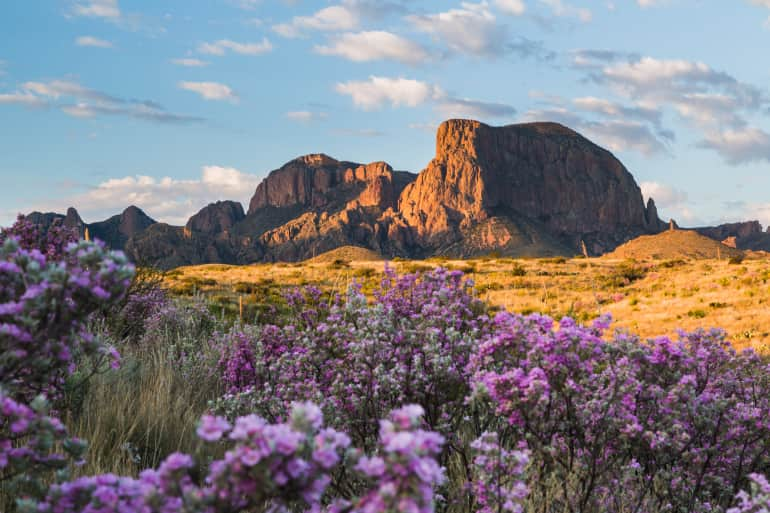
Visiting the Park
The best time of year to visit Big Bend National Park is during the spring and fall when temperatures are pleasant, although winters are usually mild too. Even so, there is a big variety of elevation in the park so wearing layers is recommended. Since you are in the desert, don't forget plenty of water too. Preparation is key since services and cell reception are very sparse in the park.
There are four developed campgrounds within the park, the two largest are the Chisos Basin Campground and the Rio Grande Village Campground. Reservations are required and stays are limited to 14 days. There are also size limits for RVs, so be sure to check if you have a large rig. The small nearby town of Terlingua also has a growing number of campgrounds that can handle larger motorhomes.
A Rugged Beauty
Big Bend National Park is a great place to explore the rugged beauty of the southwest. It is a land of geographic contrasts that include mountains, desert, canyons, and a river. There are plenty of opportunities to see diverse plant and animal life, hike a variety of trails, and just soak up the stunning views in this amazing park.
Looking for More RV Guides? Check Out these Epic RV Destinations:
Robin and her husband, Mike, are Air Force veterans and empty nesters who travel full-time in their Entegra Anthem motorhome. Always ready to explore, they love nature and wildlife, meeting new friends, and discovering America's many hidden gems. Robin chronicles their adventures and experiences on her travel blog RVing with Robin.
